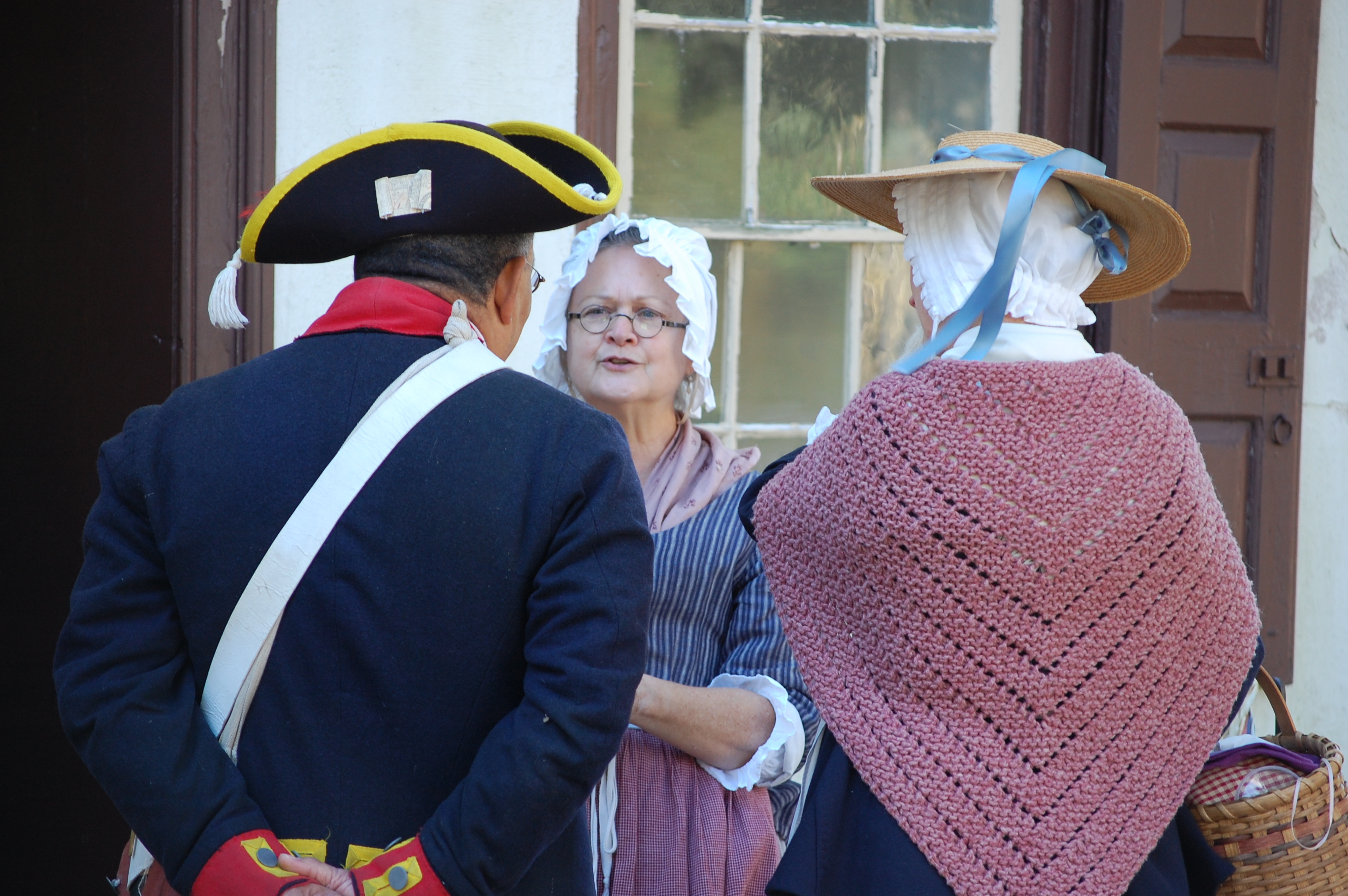
As you’d probably expect, Bucks County’s feelings about the Revolutionary War were nuanced. There were both loyalists and patriots living here, but the majority of the population could be described as “disaffected.”
“On December 14, 1776, George Washington wrote a letter in which he described people in the area using that word,” says Kimberly McCarty, Washington Crossing Historic Park’s curator.
McCarty is currently leading a discussion of The Disaffected—Britain’s Occupation of Philadelphia During the American Revolution by Aaron Sullivan for the park’s book club, which has been meeting virtually throughout the summer.
“It intrigued me because even though the bulk of the subject matter takes place after the crossing [in 1777], it’s relevant to what was occurring in Bucks County at the time,” she says of the book.
Who were the disaffected? Simply put, “they weren’t beholden to any political view, one way or the other,” McCarty explains. “They were aware of what was going on around them. According to Sullivan, these people would yield to, but not rally to, whoever held power. They had no strong political attachments and preferred to go about their daily lives with as little disruption as possible.”
To understand why they would feel that way, we need to backtrack to the fall of 1774. The Continental Congress ordered a boycott of British goods in reaction to a set of laws imposed by the British Parliament that came to be known as the Intolerable Acts. The laws were meant to punish the Massachusetts colonists for the Boston Tea Party and included blockading Boston harbor.
There was a lot of support for the boycott throughout the colonies. In Bucks County, officials partnered with nearby Berks County to collect donations for the Massachusetts colonists. They also formed a Committee of Safety, which was charged with monitoring residents and merchants to ensure they adhered to the boycott.
“The committee actually became quite powerful, and ultimately some folks were put off by its strong-arm tactics,” McCarty says. “And then came the call from Congress for military support after Lexington and Concord in April 1775, and that’s when you really saw the division of opinion start to form.”
A large population of Quakers lived and worshiped in Bucks County at the time. While many of them had supported the idea of independence, as pacifists, most were not going to wage war for it. And they were not alone: others simply wanted to protect their families and live their lives unchanged.
The underwhelming support for the patriots’ plight likely took Washington by surprise. But that quickly turned to frustration. When he was unable to acquire sufficient supplies, most notably grain and flour, for his army, he ordered his soldiers to seize it—but not without paying for it. They didn’t help their cause by doing so with continental money, which held less value than the mainstream currency.
Washington was also concerned about spies among the disaffected, but, above all, he was dismayed that those he encountered in the area weren’t more invested in the revolution.
“Independence was a cause he obviously believed in deeply,” McCarty says. “To not have the full support of everyone he was fighting on behalf of, particularly just prior to the crossing, must have been very frustrating.”

